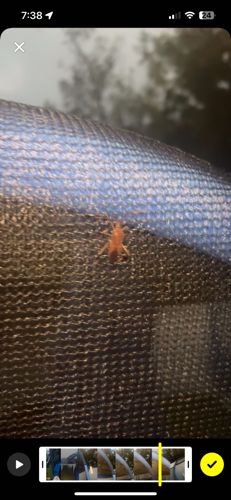Ant
Scientific Name: Formicidae (family)
Order & Family: Hymenoptera, Formicidae
Size: 2 mm to 25 mm (0.08 to 1 inch)

Natural Habitat
Highly adaptable, found in nearly all terrestrial environments worldwide, including forests, grasslands, deserts, urban areas, and homes.
Diet & Feeding
Highly varied depending on species; can be omnivorous, carnivorous, herbivorous, or scavengers. Their diet includes nectar, seeds, fungi, other insects, and dead animals.
Behavior Patterns
Display complex social structures, living in colonies with a queen, workers, and males. They communicate through pheromones, lay chemical trails, and cooperate in foraging and nest building. Some species exhibit slave-making behavior or cultivate fungi.
Risks & Benefits
Potential risks include property damage (e.g., carpenter ants), contamination of food, and painful bites/stings (e.g., fire ants). Benefits include pollination, seed dispersal, soil aeration, and pest control (predation on other insects).
Identified on: 9/27/2025